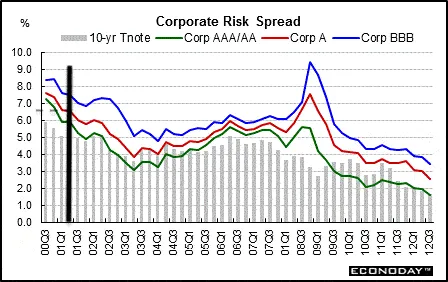Nike, Inc.: Cost of Capital (v. 1.8) - Case Solution
Nike, Inc.: Cost of Capital (v. 1.8) case study allows students to find mistakes in a misleading WACC calculation.
Case Questions Answered
- What is the WACC and why is it important to estimate a firm's cost of capital? Do you agree with Joanna Cohen's WACC calculation? Why or why not?
- If you do not agree with Cohen´s analysis, calculate your own WACC for Nike, Inc., and be prepared to justify your assumptions.
- Calculate the costs of equity using the CAPM and dividend discount model. What are the advantages and disadvantages of each method?
- What should Kimi Ford recommend regarding an investment in Nike?
1. What is the WACC, and why is it important to estimate a firm’s cost of
capital? Do you agree with Joanna Cohen’s WACC calculation? Why or why not?
The WACC (Weighted Average Cost of Capital) is a firm’s cost of capital. Its components allow us to see how much it costs a company to raise money to finance new projects.
Calculating a company’s WACC allows investors and the company itself to determine an average acceptable return for projects. By knowing the costs of financing a new project, we can select projects that offer a return that is higher than the WACC.
We agree with certain elements of Joanna’s calculation, and we agree with the assertion that Nike, Inc.’s footwear and apparel divisions share similar enough risks to warrant one WACC calculation.
We also agree that Cole Haan faces different risks in an entirely different industry, but since it represents such a small fraction of total revenues, we should not calculate its individual WACC.
We agree with Joanna’s use of a 38% tax rate. The U.S. statutory rate is 35%, and by adding the average of Nike’s state taxes (2.5%-3.5%), we get a tax rate of 38%. The aforementioned statements are the only parts of Joanna’s calculation that we entirely agree with.
We disagree with the way she calculated Nike’s cost of debt since the purpose of WACC calculations is to determine the cost of new projects. We don’t believe that using interest expenses for the past year is an accurate representation of the company’s cost of debt.
We disagree with the use of book weights to determine equity’s weight in the company’s financing. The final disagreement we have with Cohen’s calculations is her beta calculation for the CAPM.
We disagree with taking the average of Nike’s beta through the years and using this as Nike’s current beta.
2. If you do not agree with Cohen’s analysis, calculate your own WACC for
Nike Inc. and be prepared to justify your assumptions.
The first thing we will do in our WACC calculation is to calculate Nike’s cost of debt. Nike’s last issue of debt had a rating of A2 by Moody’s or A by S&P, given on October 25, 2000.
Given this rating, we can determine an approximation of Nike’s cost of debt. We will use the 10-year Treasury rate as our base rate and add the spread required, given Nike’s debt rating.
The following chart shows the movement of ten-year Treasury yields and the spread for S&P companies with different ratings (the red line represents Nike’s rating):

The black line represents the period in question, and the dotted line represents the average yield of A-rated corporate bonds in this period. Utilizing this graph, we can determine that Nike’s cost of debt would be…
Complete Case Solution
Get immediate access to the full, detailed analysis
- Comprehensive answers to all case questions
- Detailed analysis with supporting evidence
- Instant digital delivery (PDF format)
Secure payment • Instant access
By clicking, you agree to our Terms of Use, Arbitration and Class Action Waiver Agreement and Privacy Policy